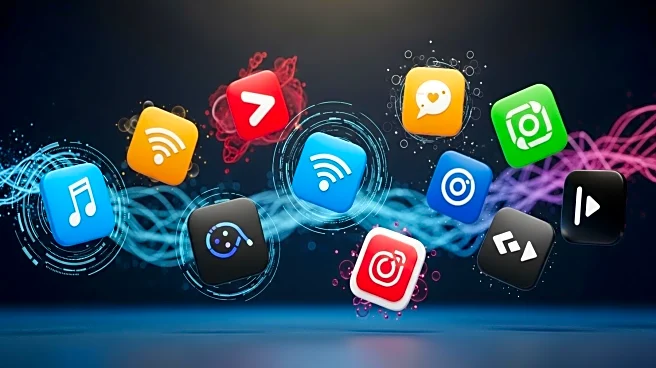What is the story about?
What's Happening?
Concerns about media consolidation restricting free speech have lessened significantly due to the rise of streaming platforms. In the 1970s, major networks like ABC, CBS, and NBC dominated TV viewership, controlling over 90% of the market. However, the current media landscape is vastly different, with broadcast accounting for only 20% of TV viewership. Streaming services have surpassed traditional broadcast and cable, holding 44.8% of the viewership share as of May 2025. This shift has diversified the media industry, offering a wide array of voices and reducing fears of restricted speech.
Why It's Important?
The transformation of the media industry through streaming platforms has democratized content distribution, allowing for a broader range of perspectives and voices. This change challenges the traditional concerns about media consolidation and its impact on free speech. As streaming services continue to grow, they provide opportunities for independent creators and smaller media outlets to reach audiences without the constraints of major network control. This evolution could lead to more varied and inclusive media representation, influencing public discourse and cultural narratives.
Beyond the Headlines
The shift towards streaming platforms not only impacts media consumption but also raises questions about the future of traditional broadcasting. As streaming becomes more prevalent, traditional networks may need to adapt their strategies to remain competitive. Additionally, the rise of streaming services could lead to new regulatory challenges, as policymakers consider how to address issues related to digital media ownership and content distribution.
AI Generated Content
Do you find this article useful?














